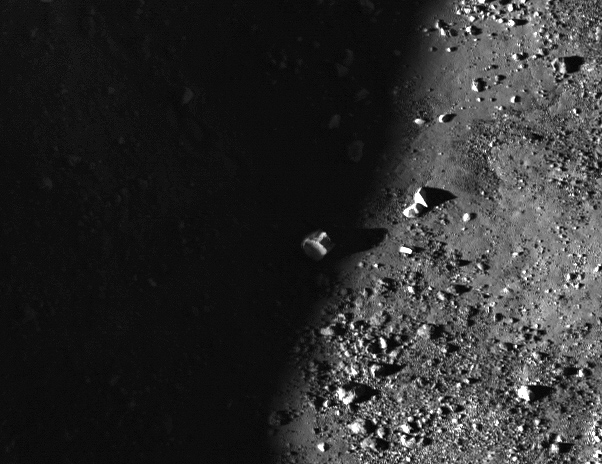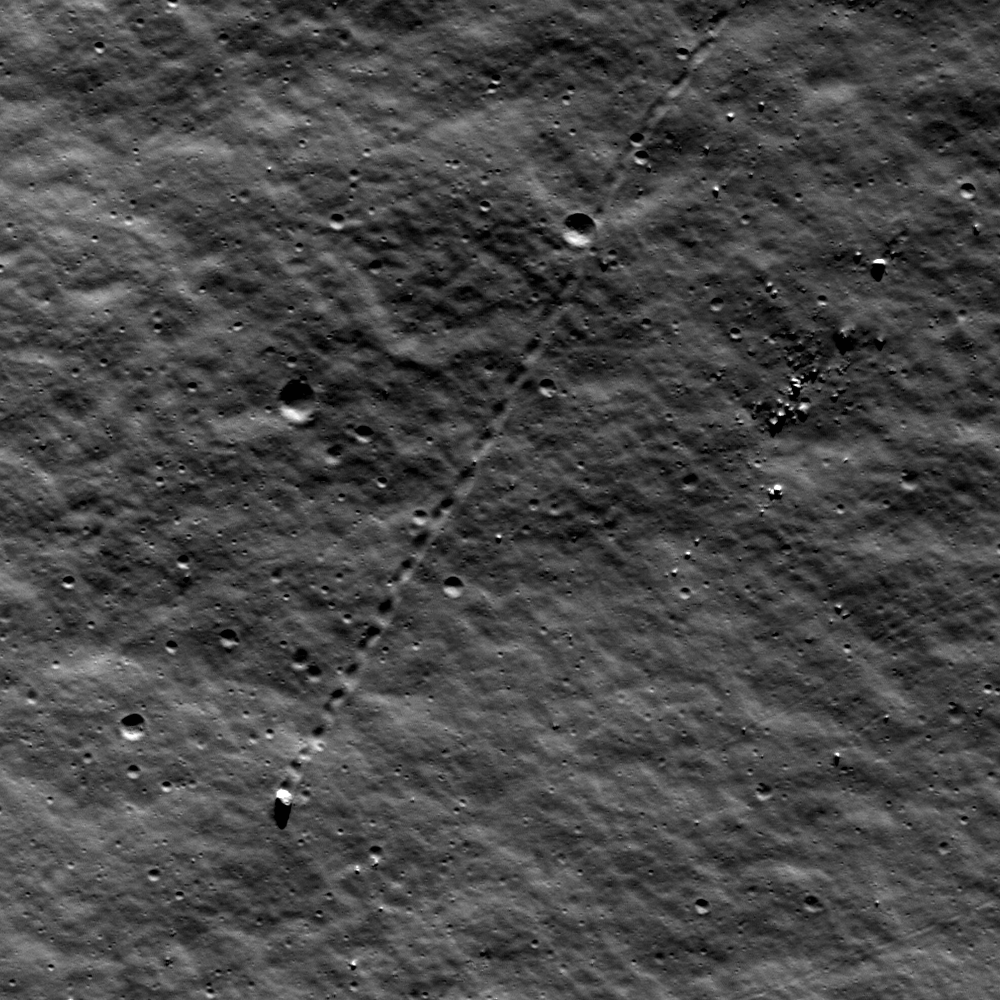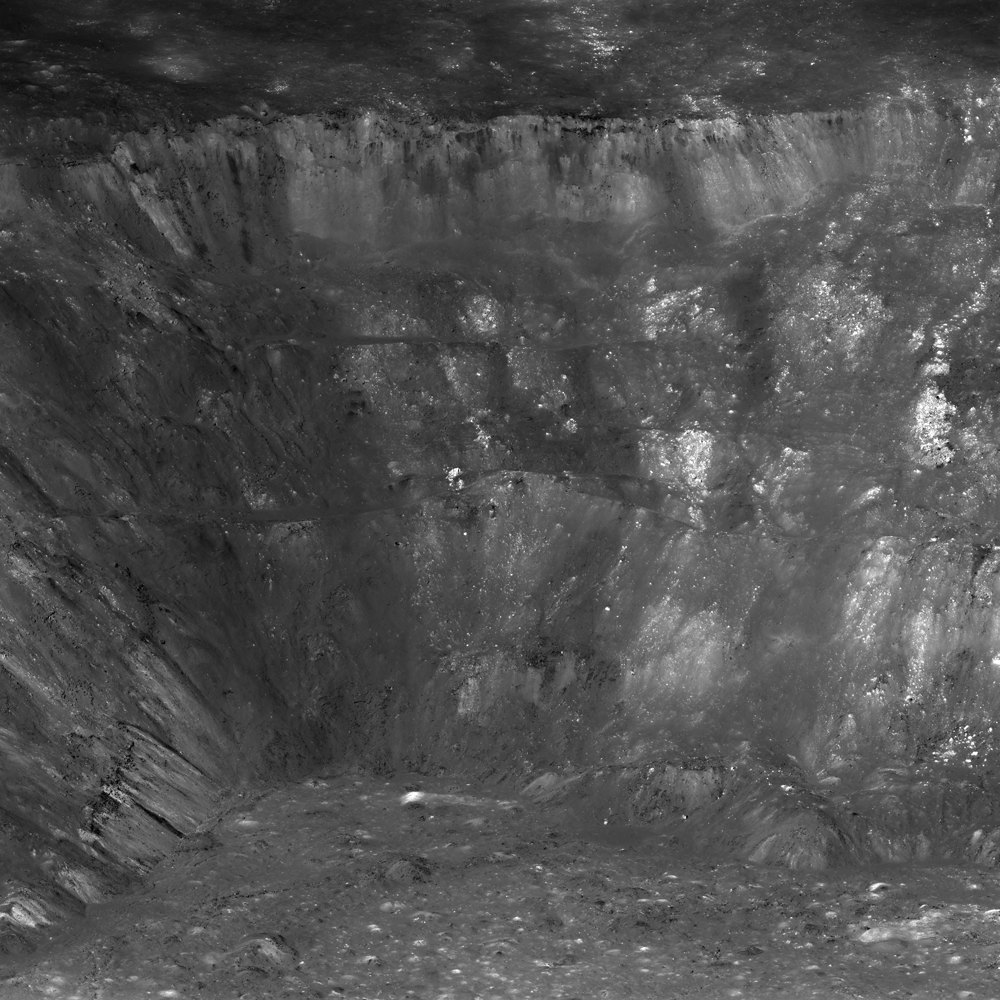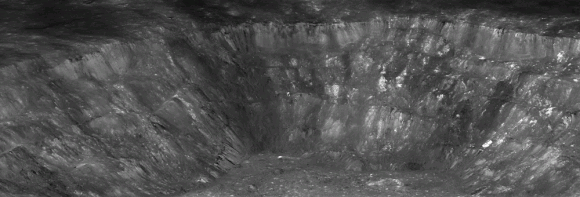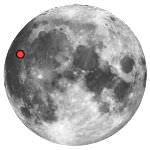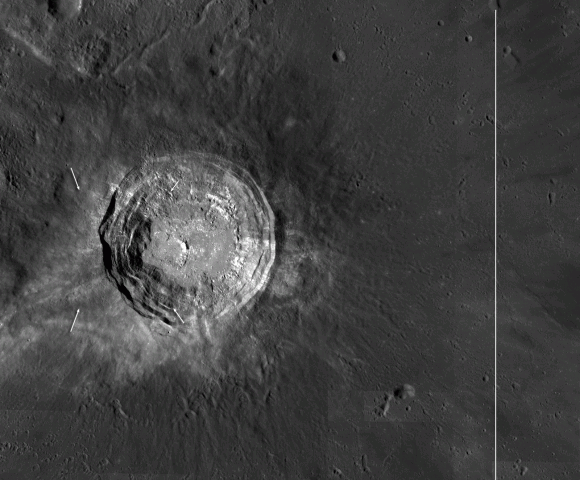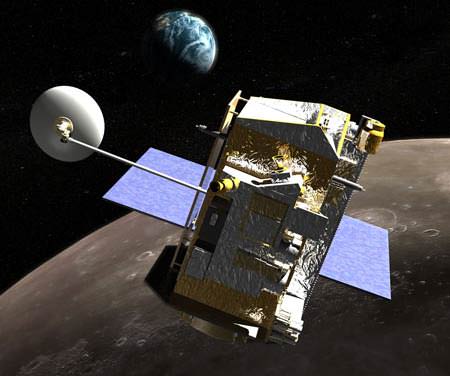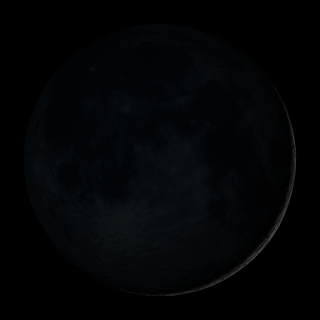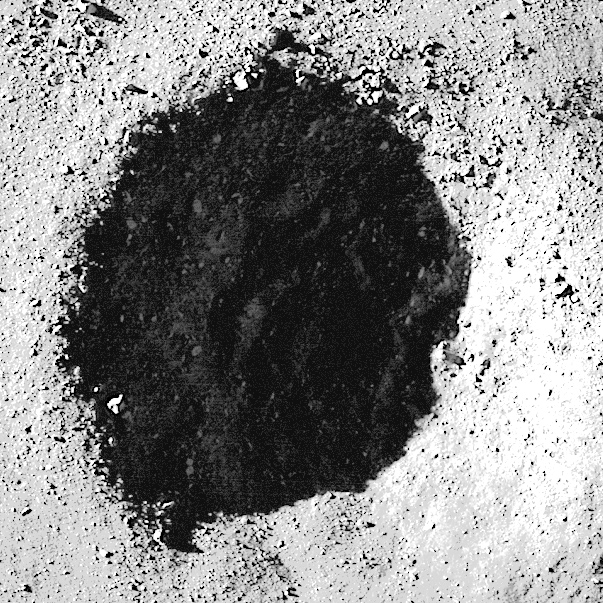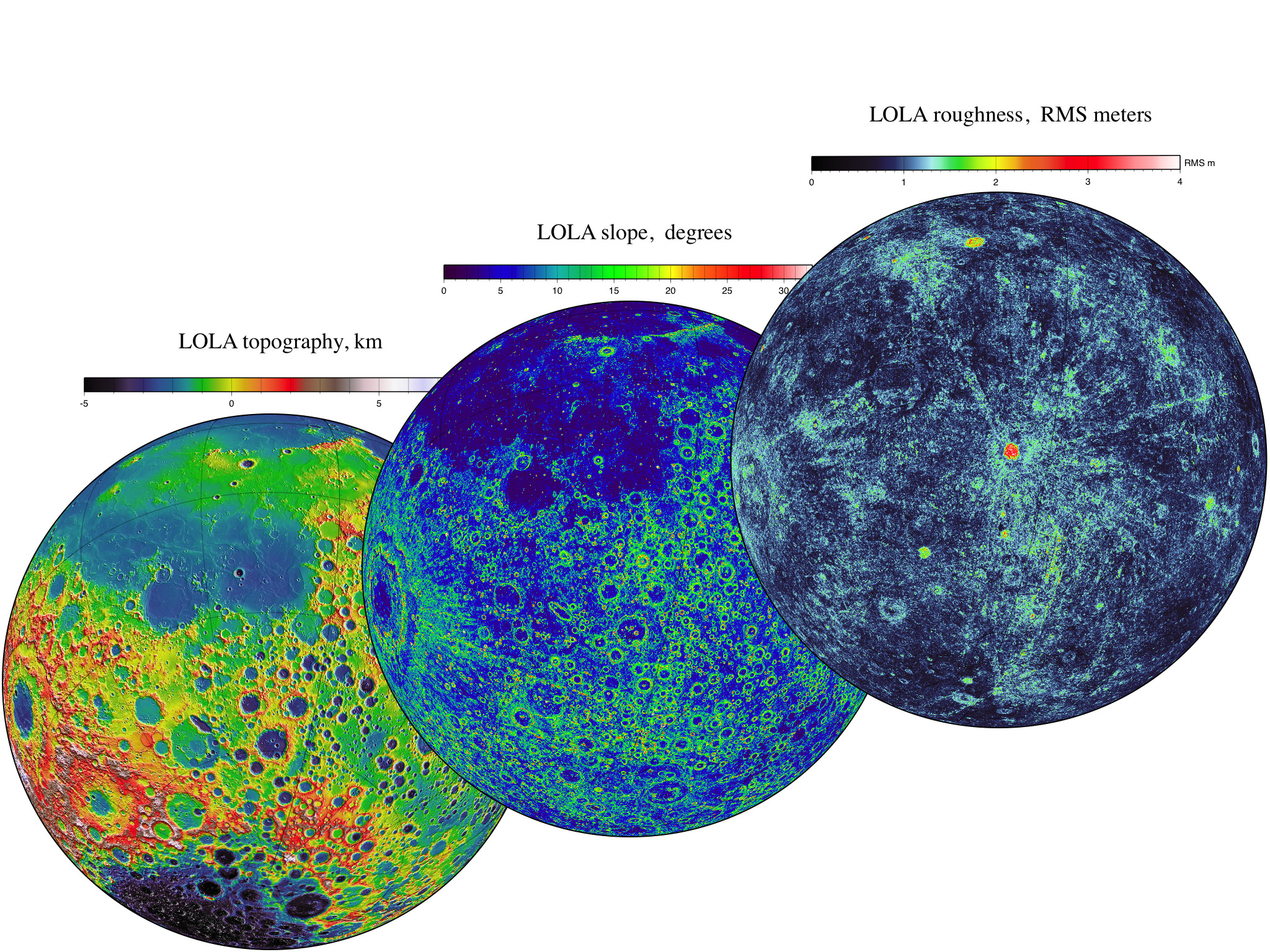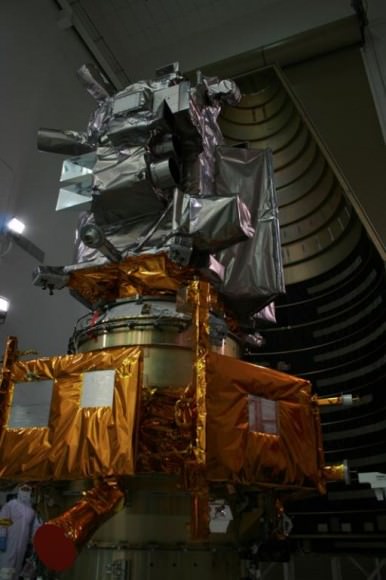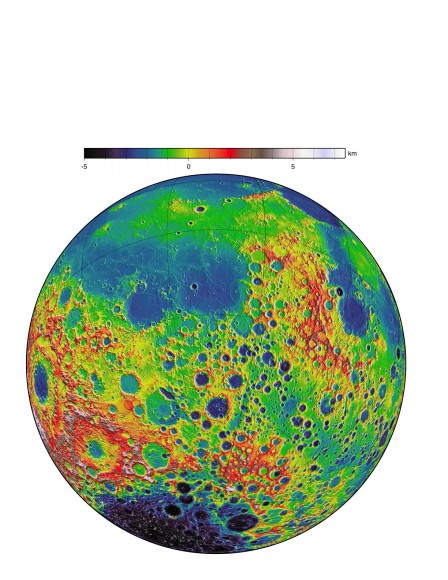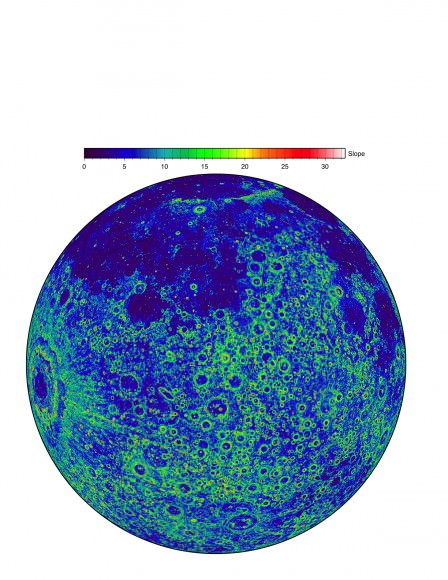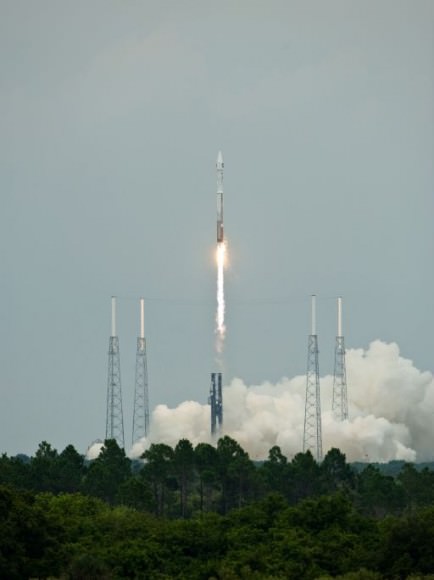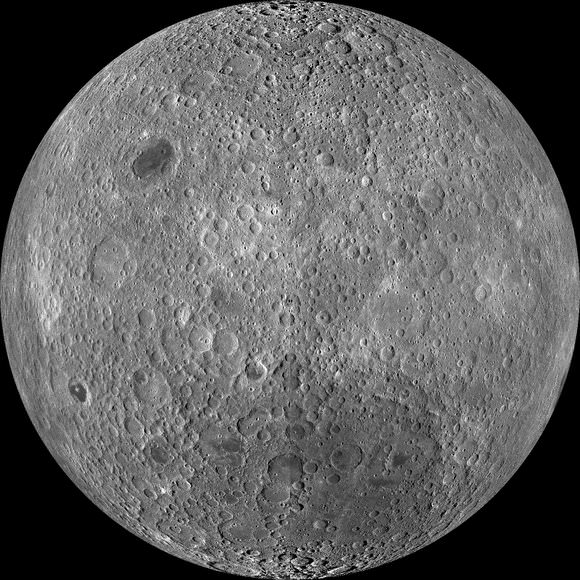[/caption]
A lunar boulder catches the last edge of the setting sunlight in this image from the Lunar Reconnaissance Orbiter Camera. The boulders litter the floor of an unnamed 3.5 km wide (2.17 mile wide) crater located within the much larger crater Lobachevskiy. The smaller crater’s rim casts its shadow along the left side of the image, and raises the question: why are shadows on the Moon so dark?
On Earth, air scatters light and allows objects not in direct sunlight to be still well-lit. This is an effect called Rayleigh scattering, named for the British Nobel-winning physicist Lord Rayleigh (John William Strutt.) Rayleigh scattering is the reason why the sky is blue, and (for the most part) why you can still read a magazine perfectly well under an umbrella at the beach.
On the Moon there is no air, no Rayleigh scattering. So shadows are very dark and, where sunlight hits, very bright. Shadowed areas are dramatically murky, like in the LROC image above, yet there’s still some light bouncing around in there — this is due to reflected light from the lunar surface itself.
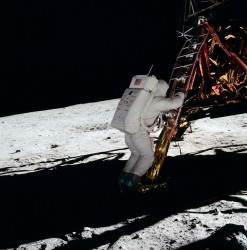
Lunar regolith is composed of fine, angular particles of very reflective dust. It tends to reflect light directly back at the source, and will illuminate objects within shadows as well — as seen in Apollo mission photographs. Astronauts within the shadow of the landing modules were still visible, and their suits were well illuminated by reflected light from the lunar surface. Some people have used this as “proof” that the landings were actually filmed on a sound stage under artificial lights, but in reality it’s all due to reflected light.
Here’s a great run-though of the lunar landing photos and how lighting on the Moon works.
So even though air isn’t scattering the sunlight on the Moon, there’s still enough reflection to sneak light into the shadows… but not much. It gets dark — and quickly cold — in there!
And if you’re one of those who likes to get a better look into the shadows, here’s the same image above with the dark areas brightened enough to see details:
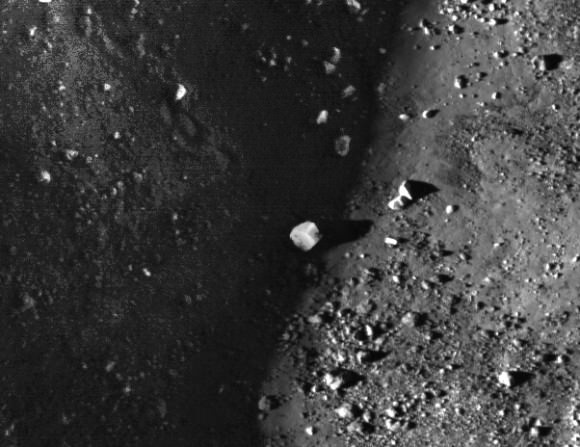
Some interesting boulder trails in there!
See this image on Arizona State University’s LROC news page here, and zoom into the full NAC scan here.

